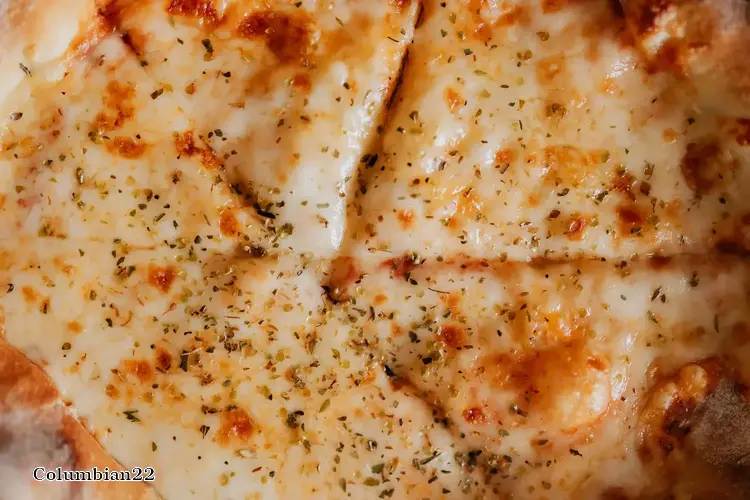

As a food columnist, I am passionate about exploring the diverse culinary landscapes of the world. Today, I embark on a tantalizing journey to discover the vibrant flavors and rich traditions of Columbian cuisine.
A Melting Pot of Influences
Columbian cuisine is a captivating blend of indigenous, Spanish, and African influences. Over centuries, these cultures have intertwined, creating a unique and delectable tapestry of flavors.
Indigenous Roots
The indigenous peoples of Colombia, such as the Muisca and the Quimbaya, laid the foundation for Columbian cuisine. They cultivated a wide variety of crops, including maize, potatoes, beans, and fruits like guava and passion fruit. These ingredients remain essential to many traditional dishes.
Spanish Legacy
The arrival of Spanish conquistadors in the 16th century brought new ingredients and cooking techniques to Colombia. Rice, wheat, beef, and pork became staples, while spices like cumin, coriander, and paprika added depth and complexity to dishes.
African Influences
African slaves brought their own culinary traditions to Colombia, particularly in the coastal regions. Dishes like sancocho, a hearty stew made with meat, vegetables, and plantains, reflect this influence.
Signature Dishes
Columbian cuisine boasts a wide array of iconic dishes that showcase its unique flavors:
Regional Variations
Columbian cuisine varies significantly from region to region, reflecting the country's diverse geography and cultural influences.
Culinary Traditions
Columbian cuisine is deeply intertwined with the country's social and cultural traditions.
Conclusion
Columbian cuisine is a vibrant and diverse culinary tapestry that reflects the country's rich history and cultural influences. From the hearty stews of the Andean highlands to the seafood delicacies of the coastal regions, there is something to tantalize every palate. As a food columnist, I encourage you to explore the flavors of Colombia and discover the culinary treasures that await.
DISCLAIMER: This information is provided for general informational purposes only, and publication does not constitute an endorsement. Kwick365 does not warrant the accuracy or completeness of any information, text, graphics, links, or other items contained within this content. Kwick365 does not guarantee you will achieve any specific results if you follow any advice herein. It may be advisable for you to consult with a professional such as a lawyer, accountant, or business advisor for advice specific to your situation.
today
Copyright © 2025 KwickEAT.com
Designed by KwickPOS is the best restaurant POS